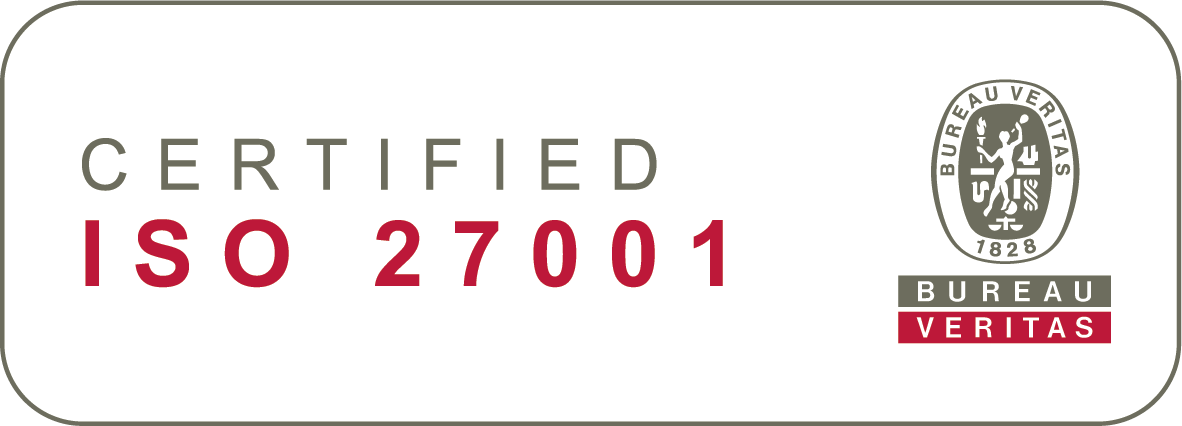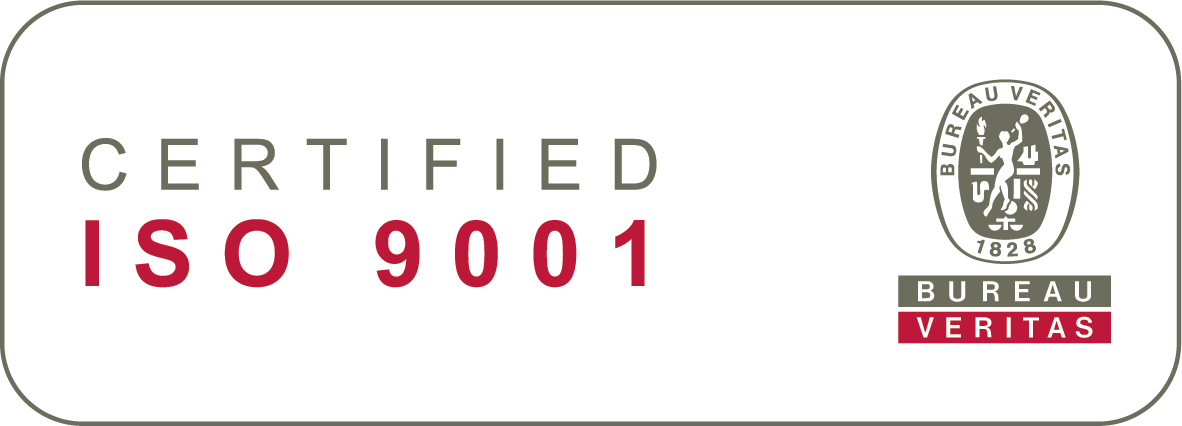The significance of data depends on the user's role and the complexity of the problem that needs to be solved.
Information systems and data collection can only produce tangible business benefits if the collected data is meaningful, accurate, and available in an understandable form. This is the kind of data that can improve the quality and speed of decision-making.
Right information for the right people
In an HR setting, that means thinking on each user’s role and the complexity of the problems they need to solve. For an HR manager, figures measuring the status, competence, and performance of personnel, as well as figures representing and forecasting the quantity, quality, performance, and efficiency of HR practices are important.
Supervisors may want to know in real-time whether employees are present as agreed in work shift lists. They also may need to view reasons for absences, source available substitutes, understand the availability of workers without maxed-out overtime, and find out how to quickly contact possible substitutes.
When moving from one organisational level to another, the role of information in the decision-making situation also changes, as the problem to be solved becomes more complex. Problems that have to be solved on a strategic level are often complex and do not have one working solution.
When the scope of the problem is wide, for example when planning corporate acquisitions and the direction in which the competences of the company should be developed through said acquisitions, the role of the information provided by the information system changes from a direct answer to one that improves the quality and speed of decision-making.
Modern information systems can help in solving both direct and easy questions, as well as extremely large and complex questions, if the company manages to deploy systems and practices in a way that ensures information is produced and updated according to agreed rules. However, information systems are only useful if supplied with accurate information.
Data visualisation
How information is displayed also matters. Much like a car’s dashboard, an HR dashboard summarises and displays relevant information in an easy to interpret way. The dashboard allows the user to quickly see the metrics and tasks that require attention.
A perfect dashboard is customisable for each user and allows them to follow their key interests and efficiently complete their tasks. The supervisor view could, for example, include metrics presenting the status and performance of the supervisor’s own team, as well as tasks requiring immediate attentions (e.g. holiday requests, sick leave notices and annual performance reviews.)
The view could also allow supervisors to view their team’s information in more detail or to compare the information with other teams’ information. An HR manager, on the other hand, should be able to view the essential information concerning the entire personnel and HR practice and drill down to the information of individual units or operations.
The dashboard should display things that users want to actively perform, monitor and manage, whether they are related to sales, atmosphere, workplace safety, or any other factors contributing to the organisation’s success.


